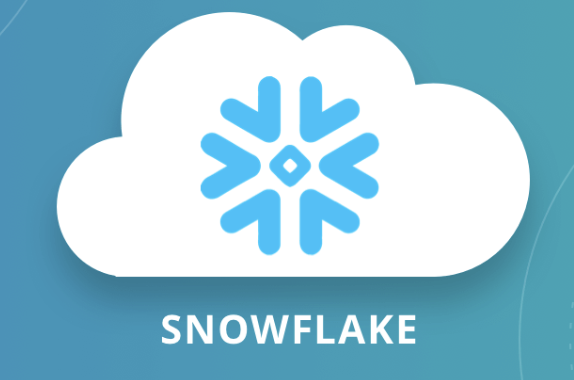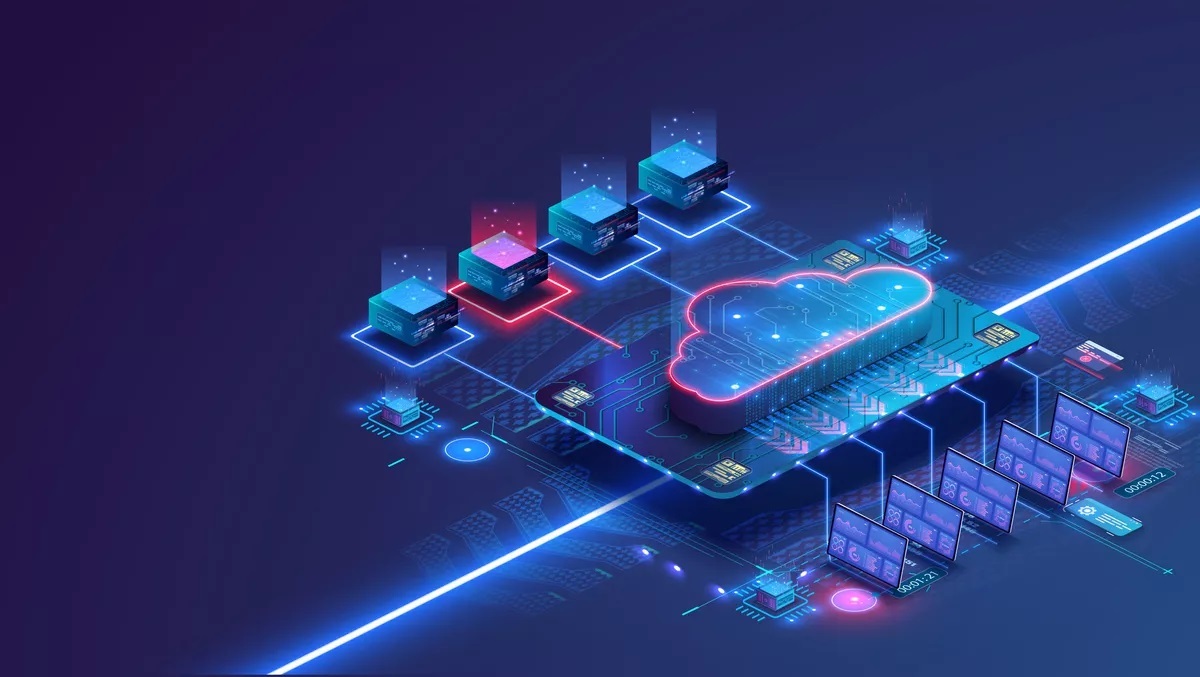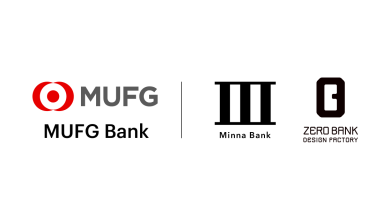
Data cloud company, Snowflake has announced that it will be expanding to all ASEAN markets. The announcement, made in a recent virtual media brief, comes on the heels of an Asian expansion that has seen the company expand to India and Japan in 2019 and to Korea in 2021.
This expansion, according to Sanjay Desmukh, Senior Regional Vice President, ASEAN and India, at Snowflake, is being spurred by the more widespread adoption of the cloud by both digital natives and enterprises. Cloud adoption by the latter, in particular, has greatly accelerated in the past couple of years, resulting in Snowflake’s representation across all industries.
“On the customer adoption side, we have seen massive adoption from digital natives, and it is natural for these customers to start onboarding Snowflake given how their business was on the cloud and they felt that Snowflake is the best platform to meet their requirements,” explained Desmukh. “Then, in the last two years, we started to see greater adoption from traditional enterprises—telcos, banks, stock exchange. If you look at Singapore, for example, two out of four telcos are using Snowflake, and some of the leading stock exchanges and telcos in the region are using Snowflake as well.”

As part of this expansion and to meet customers’ growing needs, Snowflake has been continuously developing a robust partner ecosystem in the region that Desmukh describes as “critical” to Snowflake’s business. The data cloud leader is doing so by “Investing in partners who have both data and cloud competency,” such as Blazeclan.
Innovating as Always
Along with this ASEAN expansion are a series of innovations guaranteed to bolster Snowflake’s already preeminent data cloud standing. These innovations fall under two broad categories: Extending differentiation and expanding market opportunity. The former focuses on enterprise data foundation, bringing development to data and encouraging development, while the latter focuses on native applications, cybersecurity and Unistore.
“Where we’re looking to innovate is in two broad areas. First is creating differentiation around what we have today and making it more and more enticing and applicable to different personas,” explained Geoff Soon, Managing Director, South Asia, at Snowflake. “Then, more importantly, we’re taking this entire SaaS hands-off experience that applies to analytics and bringing it to application development, so it’s going to be easier and easier for customers to build applications on top of Snowflake.”
Among other things, Snowflake clients can look forward to performance innovations that include the following:
- Optimised Snowflake to take advantage of new hardware improvements, leading to 10% faster compute on Amazon Web Services.
- Reduced latency and improved concurrent query processing, resulting in 20% faster performance for interactive use-cases.
- Additional geospatial support to Search Optimisation Service, resulting in nearly 5 times faster searches on maps for location analytics.
Another innovation to watch out for is Snowflake’s expanded programmability, which will give developers, data scientists and data engineers easy and immediate access to live data, thus helping accelerate app development. This enhancement also enables developers to use Python, streaming pipelines (Snowpipe Streaming) and machine-learning, thereby allowing them to use data faster and easier.

Snowflake is also rolling out native streamlit integration, a feature that will make it easy to:
- Build apps in Python using Snowflake worksheets.
- Deploy and run said apps on Snowflake.
- Collaborate securely with other users.
Entering New Digital Spaces
On top of these innovations, Soon also announced Snowflake’s expansion to on-premises storage, which will be made possible by partnerships with Dell and Pure Storage. This expansion, according to Soon, will allow customers to “leave their data on-premises, in their country of residence, while still taking advantage of Snowflake out of Singapore, or India or Japan,”—making Snowflake ideal for customers in countries with strict data governance requirements.
Snowflake has also entered into the cybersecurity space with the launch of Cybersecurity workload, whose goal is to enable cybersecurity teams to better protect their enterprises with the data cloud. Using the Snowflake platform, along with a comprehensive ecosystem of partners delivering security capabilities with connected applications, cybersecurity teams will be able to quickly gain visibility and automation at the cloud scale.
Soon, however, clarified that Snowflake “is not competing with all the SIEM tools out there,” instead, what Snowflake has set out to do is “Be the leader in the concept of the security data lake.”
“Given Snowflake’s pedigree in structured, semi-structured and unstructured data, and our pedigree to do incredibly performant analytics and bring together all these different data sources, that’s how we see the role of a security data lake playing out,” Soon explained.
That role seems to be playing out quite handsomely for Snowflake. Already, the Snowflake Cybersecurity workload has been deployed at leading companies, including Capital One and TripActions, and the company’s clients in Asia might soon follow suit.
Then again, this cybersecurity component is just one of the many innovations of Snowflake. There are many more aside from the ones already mentioned here, and the company recently launched all of them at the Snowflake Summit 2022 in Las Vegas.




